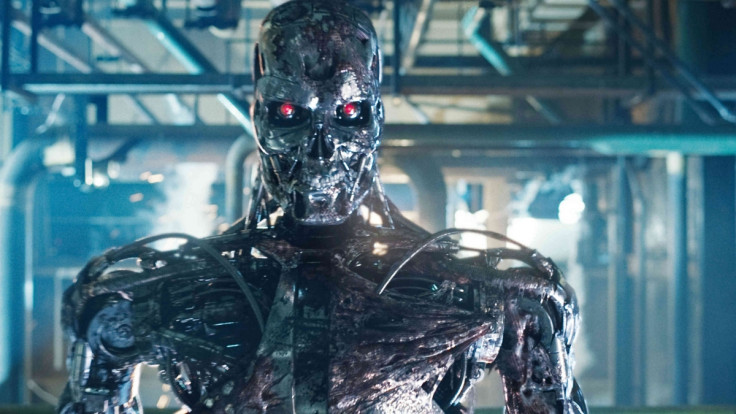Killer robots: Activists call for negotiations on banning autonomous weapons to be stepped up

A leading human rights body is calling for all governments to step up formal international negotiations in order to pre-emptively ban killer robots, as the annual UN Convention on Certain Conventional Weapons (CCW) debates use of autonomous weapons for the third year in a row.
Human Rights Watch has published a report urging nations to turn the informal experts meetings that have been held over the past two years at the CCW conference into formal negotiations in order to ban the technology before too much investment is put into it.
Today, remotely controlled military drones are already in use but they have to be controlled by drone pilots. In June, the US Air Force admitted it needed to cut down on daily drone flights due to the fact that many drone pilots are starting to burn out from the stress and there are not enough new drone pilots being recruited to replace them.
Humans must be in control of robotic weapons
Killer robots, or rather fully autonomous weapons, would take away the need for a human soldier to be present on the battlefield. Instead, the robots would have the ability to identify and fire on targets without human intervention, putting compliance with international humanitarian laws in doubt.
"I think there's a recognition amongst member nations that this is a problem, that these autonomous weapons could be developed in years, not decades. There's also diplomatic pressure as next year there's the fifth year review conference. Every five years this review is held at the CCW, and it is often used to initiate formal negotiations and adopt new protocols," Bonnie Docherty, a senior researcher in the Arms Division at Human Rights Watch, told IBTimes UK.
"They've been having informal discussions in the last two years, but we think they should step up measures to step up banning of the protocol in the next two years."
Permanent blinding lasers were successfully banned
The report explains that member countries of the CCW previously came together and voted to pre-emptively ban blinding lasers in the 1990s. After seeing how successfully super-bright searchlights were able to blind and disorient the crews of bombers during the Second World War, the defence industry began developing dazzlers – a weapon that used infrared light to cause permanent blindness.
Laser dazzlers still exist today but they are only permitted to cause blindness and disorientation for a short period of time. Docherty says dazzlers were first discussed at the CCW in 1989 and were eventually banned for good in 1996, so there is still time for decisions to be made about killer robots.
"In our opinion, this new technology raises a host of concerns, particularly moral concerns over lack of meaningful human control, legal concerns, proliferation concerns and accountability concerns. At the CCW, they should be working now to pre-emptly ban this technology. The more states invest in this technology, the less likely they will be to give it up," said Docherty, who also lectures in international human rights law at Harvard University.
"Our goal is to create a pre-emptive ban against automatic weapons, but also to increase the stigma against it, so that member states will be less likely to invest in the technology due to the widespread condemnation against it."
The CCW is meeting in Geneva from 9 to 13 November. If the CCW does complete negotiations successfully and a protocol is signed, it will become the sixth protocol in the meeting's history.
© Copyright IBTimes 2025. All rights reserved.






















